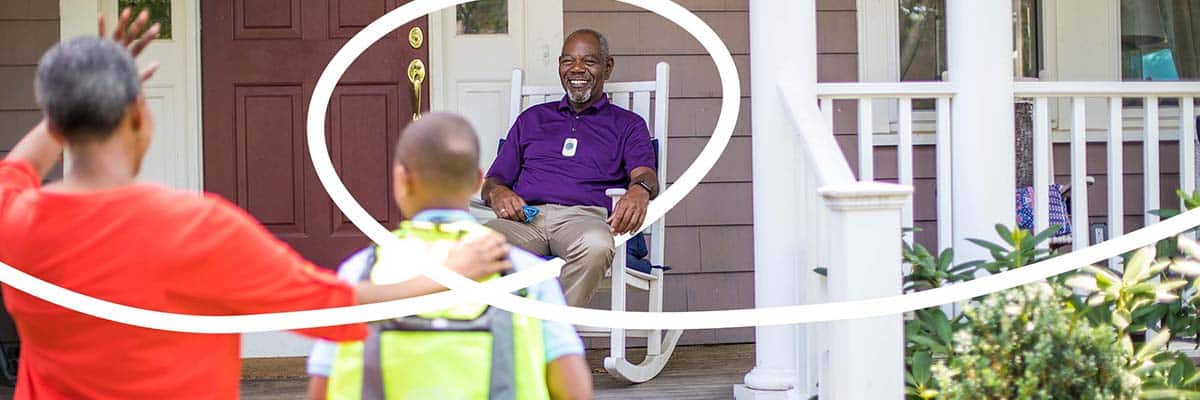It is disheartening to witness the struggles so many seniors face in the United States today. In fact, millions of older adults lack basic access to transportation, nutritious foods, and quality healthcare. These factors, often called social determinants of health (SDOH), incur billions in avoidable healthcare costs and lead to thousands of premature or preventable deaths annually.
In a nation known for prosperity, it’s surprising that over 1 in 5 seniors lack reliable transportation, 1 in 10 seniors are considered food insecure, 1 in 3 seniors report feeling lonely and 1 in 5 seniors are considered socially isolated. The numbers are staggering.
Yet, as our elderly population continues to rise, and chronic illness escalates, it is crucial to address the physical, emotional, and social factors that affect aging adults living at home.
Whether it’s a lack of access to nutritious foods, difficulty finding transportation to a medical appointment, safety, healthcare, or simply human connection, these fundamental needs play a crucial role in a person’s overall health and well-being. They are also key factors that increase the risk of anxiety, depression, and poor health outcomes.
By ensuring seamless access to essential services beyond “medical care,” payers and healthcare organizations can help pave the way for health equity, so that everyone can realize optimal health and wellness.
Addressing the Basics: Access to Care, Transportation, Safety, Meals and Social Support
The good news is that there is a more compassionate approach. With the simple press of a connective health device, such as a personal emergency response system (PERS), a care coordinator can be available to provide 24/7 support.
For example, they can coordinate a ride to a medical appointment, have a nutritious meal delivered, provide access to emergency care, or simply offer a friendly conversation and encouraging words. Whether an individual needs special assistance or just wants to hear a voice on the other end of the line, having a human connection at the touch of a button can bring comfort and peace of mind, especially to lonely seniors. This service not only helps tackle SDOH challenges, but it can also help bridge gaps in senior care while offering seamless access to 24/7 support and emergency care.
Empowering Health Equity and Closing Gaps in Senior Care
For healthcare organizations and payers committed to promoting health equity and addressing SDOH, these connective health services prove invaluable by tackling factors that disproportionately affect aging and at-risk populations. The result is enhanced care, improved outcomes, fewer hospitalizations, and reduced care costs.

